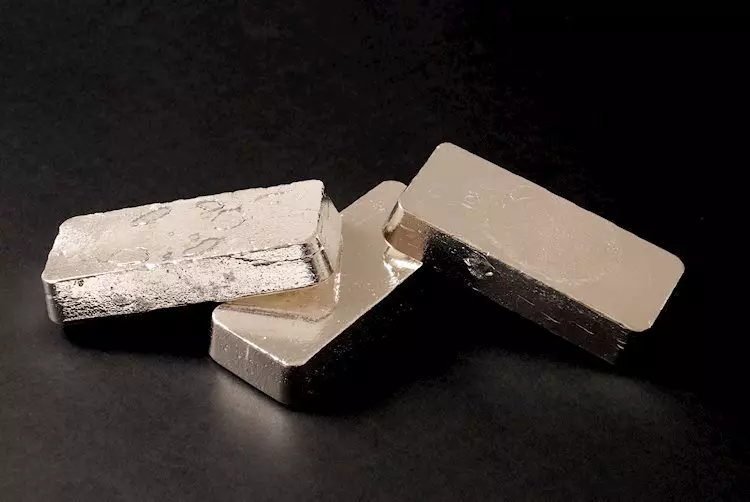The silver market has experienced a downward trend for the fourth consecutive day, with prices hovering around $27.90 in the early European session. This 0.55% decline can be attributed to a combination of factors, including a stronger US Dollar and concerns about Chinese demand. The recent slowdown in China’s service activity growth, as reflected in the PMI data, has raised worries about the economic slowdown and deterioration of demand in the region. As China is a top silver exporter globally, any negative news from the country tends to put pressure on silver prices.
Despite the current challenges facing the silver market, there is some optimism regarding potential Federal Reserve rate cuts. The markets are pricing in a 61% possibility of a 25 basis points rate cut in September, with a 39% chance of a 50 bps reduction. If these rate cuts materialize, they could help support the price of silver in the near term by making it more affordable for buyers.
One of the key events that traders are eagerly anticipating is the release of the US August Nonfarm Payrolls (NFP) report on Friday. This report is expected to provide insights into the health of the US economy, with forecasts suggesting 163K job additions and a lower Unemployment Rate of 4.2%. A weaker-than-expected reading in the NFP report could fuel speculation of a US recession and deeper rate cuts, which might boost the price of silver.
Silver is a precious metal that is highly traded among investors for various reasons. It has historically been used as a store of value and a medium of exchange, making it an attractive asset for diversifying investment portfolios. Unlike gold, silver is more affordable for the average investor, making it a popular choice for those looking to hedge against inflation or economic uncertainty.
Investors can access silver through physical purchases in the form of coins or bars, or through Exchange Traded Funds (ETFs) that track the metal’s price on international markets. The price of silver can be influenced by a wide range of factors, including geopolitical tensions, economic indicators, and currency movements. It is also important to consider the impact of industrial demand, particularly in sectors such as electronics and solar energy, on silver prices.
Silver prices are often closely correlated with gold prices, as both metals are considered safe-haven assets. When gold prices rise, silver prices tend to follow suit, albeit to a lesser extent. The Gold/Silver ratio, which indicates the relative valuation between the two metals, can be used as a reference point for investors. A high ratio may suggest that silver is undervalued, while a low ratio could indicate that gold is undervalued relative to silver.
The silver market is subject to multiple influences that can cause price fluctuations. While factors like industrial demand and currency movements play a significant role, events like the US NFP report and Federal Reserve rate decisions also impact silver prices. Investors and traders in the silver market must stay informed about these developments to make informed decisions about buying or selling silver.


Leave a Reply